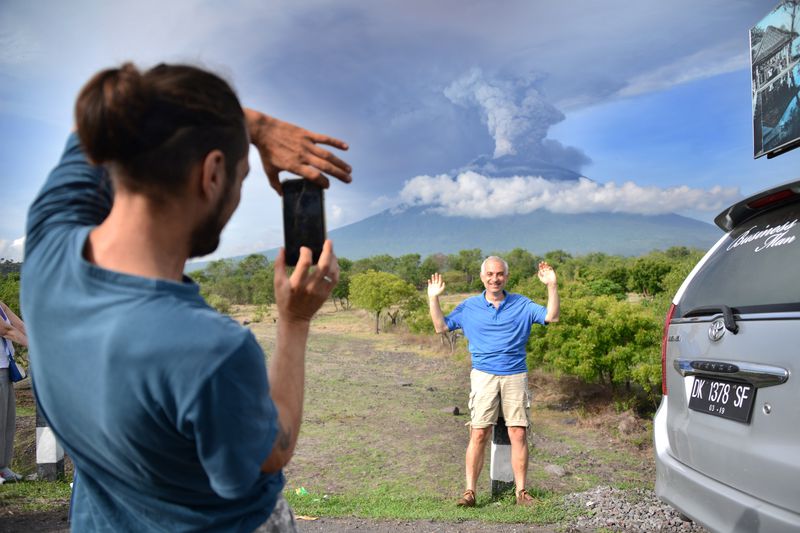
A foreign tourist takes pictures in front of Mount Agung erupting seen from Kubu sub-district.
Denpasar, MINA – Tens of thousands of villagers on the Indonesian holiday island of Bali are refusing to evacuate a 10 kilometre danger zone around an erupting volcano, putting their fate in the hands of the gods or simply staying put to protect homes and livestock.
The glowing, 3,000-metre Mount Agung, considered sacred by many on the Hindu-majority island, started spewing huge columns of ash at the weekend and there have been constant tremors and volcanic mud flows since.
Search and rescue teams making daily forays into the zone say some are refusing to leave their cattle unattended, while others have spiritual reasons.
“The government has been clear about evacuation orders, but some people are slow to act or want to stay,” AAP quoted Gede Ardana, head of Bali’s search and rescue agency, as saying.
Also Read: Indonesia Reaffirms Full Support for Palestinian Independence Before Jordan’s King
“We cannot force them – but we will be held responsible, so we need to convince them.”
For cattle farmer Ketut Suwarte, there was no question of staying put.
“There was thick ash falling around us and we could smell sulphur. We were scared and we decided to leave immediately,” said Suwarte, 47, now staying in an evacuation camp just outside the danger zone.
Suwarte’s father recalls the last time Mount Agung exploded, in 1963, killing about 1,000 people as pyroclastic flows – made up of hot gas and volcanic matter – raced down the mountain.
Also Read: Majenang Landslide: 21 Missing in Central Java
Sutopo Purwo Nugroho, of the disaster mitigation national agency (BNPB), said about 43,000 people had heeded advice to take shelter, but with an estimated population of 90,000 to 100,000 in the danger area, many had not.
Safer to spend the nights at evacuation centre
Ika Wardani, 33, sleeps with her family at an evacuation centre at night but during the day returns to her cattle farm about 10 km north of the volcano.
“During the day at least we can see the volcano. But we’re uncomfortable sleeping here at night because an earthquake or loud explosion would cause panic,” she said. “We would have to drive our motorbikes at night and the roads are narrow so it’s safer to spend the nights at the evacuation centre.”
Also Read: BPOM Sets MURI Record for Producing 810 Reference Standard Compounds
She says there are people only five km from the crater who have refused to evacuate.
“They are stubborn,” she said. “Some of them survived 1963 so they believe it’s all right now.”
The government has set up radio stations and chat groups on social media to warn people of the risks.
“Many people have made the decision to stay inside the exclusion zone, and that is clearly very dangerous,” said Sutopo Purwo Nugroho, a spokesman for the disaster management agency.
Also Read: Densus 88 Confirms Jakarta School Explosion Was Not Terror-Related
Others, including tourists, are taking unnecessary risks by trying to take selfies as close as possible, officials say. Last month, a Frenchman shared a video of himself at the crater’s edge on social media. (T/RS5/RS1)
Mi’raj Islamic News Agency (MINA)
PH
Also Read: Police Name Suspect in Jakarta High School Explosion






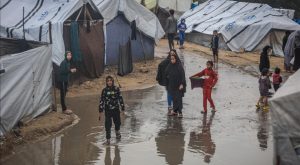

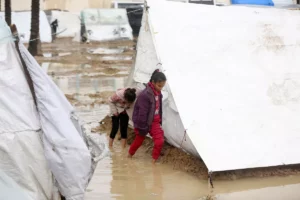
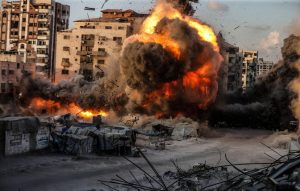

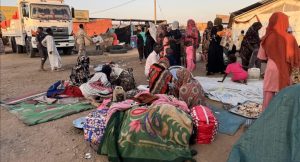


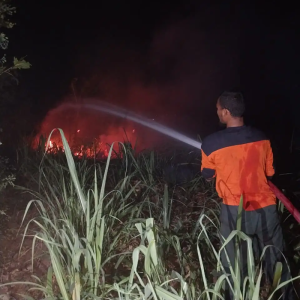
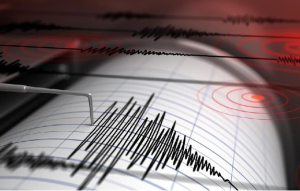
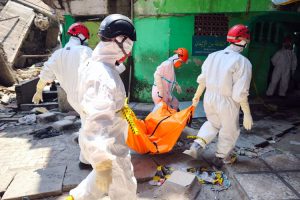


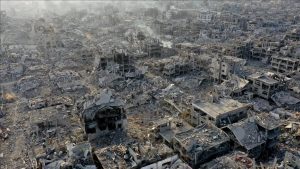









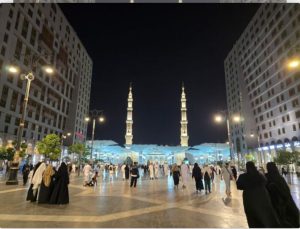



 Mina Indonesia
Mina Indonesia Mina Arabic
Mina Arabic